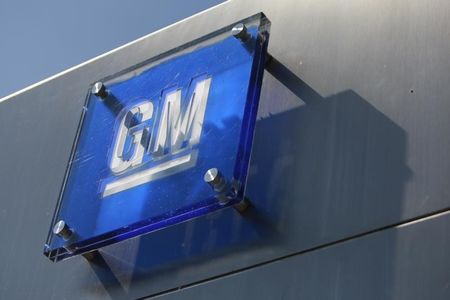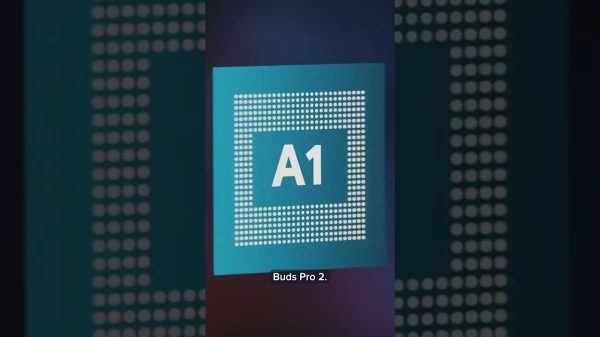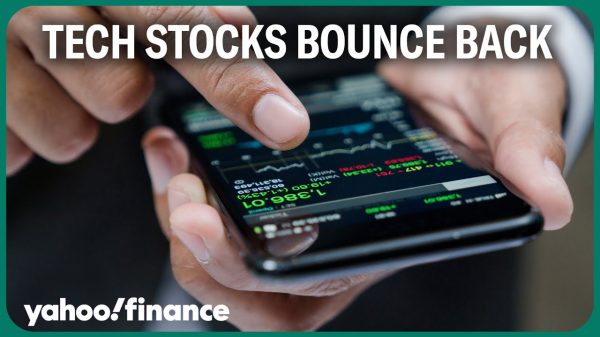© Reuters. FILE PHOTO: A Cruise self-driving car, which is owned by General Motors Corp, is seen outside the company’s headquarters in San Francisco where it does most of its testing, in California, U.S., September 26, 2018. REUTERS/Heather Somerville/File Photo
By Greg Bensinger
SAN FRANCISCO (Reuters) -Alphabet Inc’s Waymo and General Motors’ Cruise can operate paid robotaxi services using unmanned self-driving vehicles throughout San Francisco, California state regulators voted on Thursday, in the face of vigorous pushback from city transportation, safety agencies and many residents.
The vote by the California Public Utilities Commission – 3 to 1 in favor – takes effect immediately, meaning the companies could begin citywide paid taxi service throughout the city and at all hours of the day as soon as Thursday.
Cruise and Waymo have been running experimental services limited by times and geographic areas.
The move marks a critical step forward in regulating the robot cars, which Waymo, Cruise and others have been systematically rolling out in cities and states around the nation.
San Francisco, however, is important as a both symbolic hub of tech and, with over 500 autonomous vehicles already in operation, it is the largest test lab for the experimental cars. The companies have said real-world testing in dense city environments is essential to perfect the technology.
San Francisco’s fire department, planning commission, transit agencies and others had lobbied the commission, charged with regulating autonomous vehicles statewide, for a slower deployment of the autos, citing what they said were multiple incidents of interference with fire trucks, police activity and generally erratic driving.
The companies, who applied with the commission for permits to expand taxi service, have said their vehicles are safer than distractible human drivers and have yet to cause a life-threatening injury or death.
Cruise and Waymo will now also operate in direct competition with local companies Uber (NYSE:) and Lyft (NASDAQ:) in offering rides summoned by app.
The vehicles, with empty driver seats and self-turning steering wheels, have become a common sight around San Francisco. Locals frequently document their driving hiccups on social media.
Cruise said at a recent public hearing that it has about 300 vehicles in operation at night and 100 during the day, while Waymo said it has roughly 250, 100 of which are in operation at any given time. Both are expected to add to that number now that the commission has approved the proposal.
The proposal had divided San Francisco between locals who resent their city being used as a testing lab for what they say is an unproven technology and those who say they feel the symbolic technology capital ought to be the leader in developing what could lead to fewer traffic accidents and injuries.
Hundreds of residents and members of various interest groups filed in to the commission’s San Francisco hearing room to comment in one-minute increments on either side of the issue, citing issues ranging from accessibility for the disabled, safety, software coding, union activity and conflicts of interest, among a host of other concerns.
The commission on Tuesday heard testimony from the San Francisco Municipal Transportation Agency that it had logged close to 600 incidents involving autonomous vehicles since spring of 2022 and that they believe that is “a fraction” of the total due to what they say are lax reporting requirements. San Francisco Fire Department Chief Jeanine Nicholson told the commission that “it is not the responsibility of my people to get in one of your vehicles and take it over.”
Technologists and other residents who supported the broader rollout of autonomous vehicles said they feared that a “no” vote could derail a local industry that brings jobs and attention to a city in desperate need of a financial lift. After encountering regulatory resistance, Uber pulled its self-driving vehicles from San Francisco in 2016 in favor of Arizona where the governor promised less scrutiny.
Read the full article here













